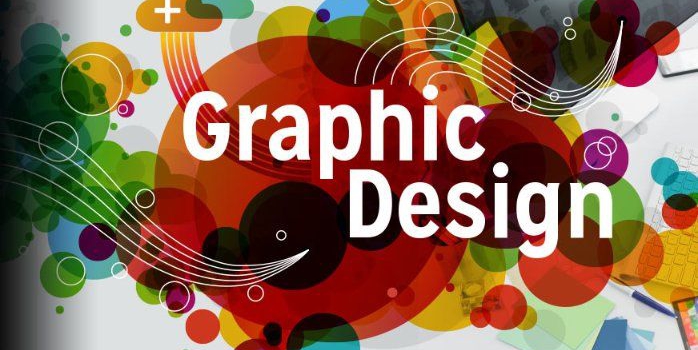Graphic design is a creative field that involves the creation of visual content for various mediums. It combines elements like typography, imagery, color, and layout to convey messages or information in a visually appealing and effective manner. Here are some key aspects of graphic design:
- Visual Communication: Graphic designers use visual elements to communicate messages or ideas. This can include anything from logos and branding to posters, websites, and advertisements.
- Typography: Choosing and arranging fonts to create visually appealing and legible text elements in designs. This is a crucial aspect of design, as it affects how viewers interpret and engage with the content.
- Color Theory: Understanding how different colors interact and convey emotions or messages. This includes considerations about color combinations, contrasts, and the psychological impact of colors.
- Layout and Composition: Organizing elements on a page or screen to create a balanced and aesthetically pleasing design. This involves decisions about spacing, alignment, and overall visual hierarchy.
- Imagery and Illustration: Incorporating images, illustrations, or other visual elements to enhance or convey a message. This may involve sourcing or creating original visual content.
- Software Proficiency: Familiarity with graphic design software tools like Adobe Creative Suite (e.g., Photoshop, Illustrator, InDesign) or other design programs.
- Print vs. Digital Design: Understanding the specific requirements and considerations for designing content for print materials (like brochures, posters) versus digital platforms (like websites, social media).
- Branding and Identity: Creating visual identities for businesses or organizations, including logos, color schemes, and overall design style guides.
- User Experience (UX) Design: In digital design, this involves creating interfaces that are user-friendly and intuitive, ensuring a positive user experience.
- Motion Graphics and Animation (optional): Some graphic designers work with animated elements, creating moving graphics or interactive content.
- Photography and Image Editing (optional): Some graphic designers may also have skills in photography and image manipulation.
- Client Communication: Effectively communicating with clients to understand their needs, present design concepts, and incorporate feedback.

